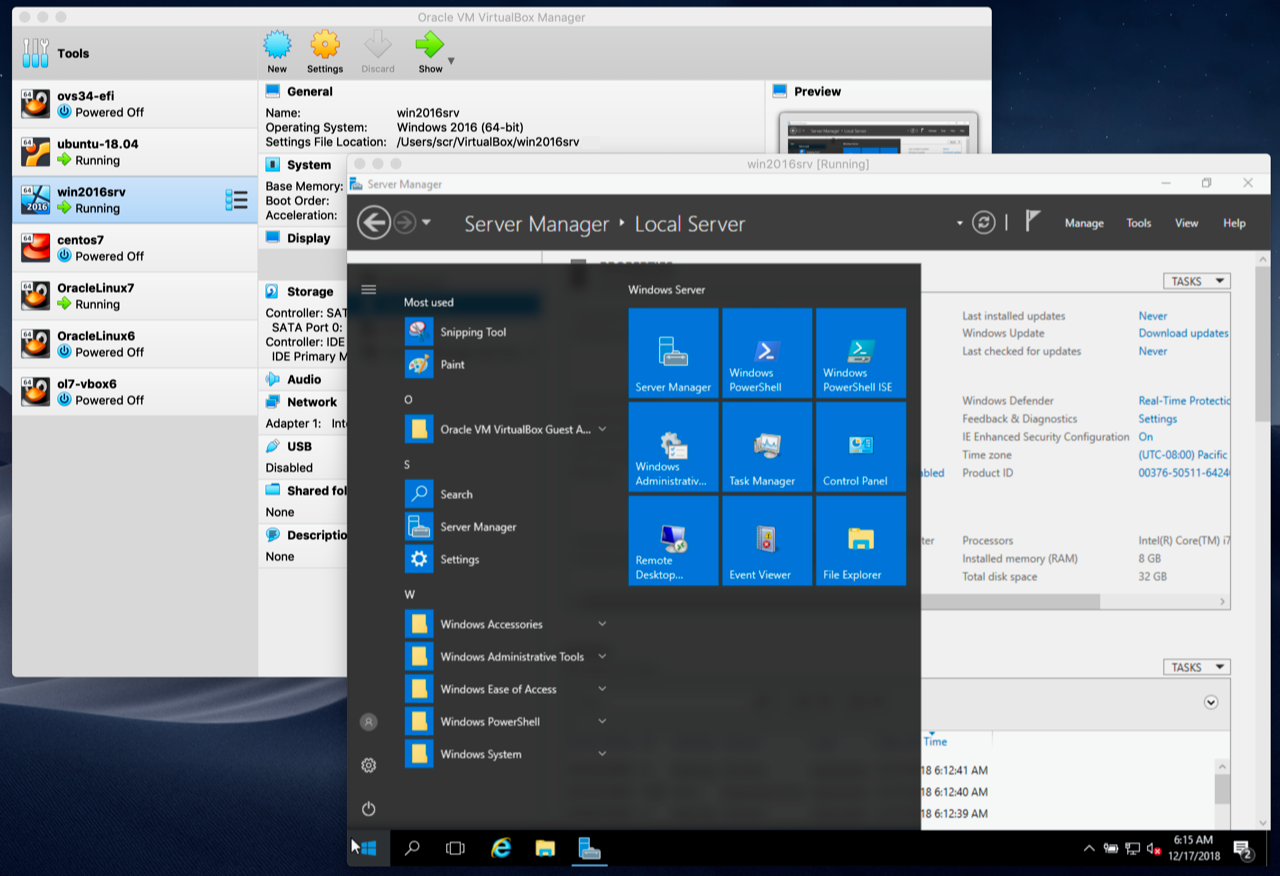

- Create mac osx usb for virtualbox install#
- Create mac osx usb for virtualbox password#
- Create mac osx usb for virtualbox iso#
- Create mac osx usb for virtualbox download#
- Create mac osx usb for virtualbox free#
Hdiutil attach /tmp/ -noverify -nobrowse -mountpoint /Volumes/installer_goes_here This is what we’ll stuff the Mojave installation stuff into. This will create a virtual ‘disc’ stored in your temporary directory. Hdiutil create -o /tmp/Mojave.cdr -size 8000m -layout SPUD -fs JHFS+ Once the package has been downloaded, pop open Terminal (Utilities folder in Launcher), and run the following commands: If your MacOS installer has expired, you can continue with this guide. This process is not affected by MacOS Installer expiry.
Create mac osx usb for virtualbox iso#
Don’t worry about actually running this application, as we’re going to use some terminal magic to build the ISO from the package.
Create mac osx usb for virtualbox download#
On the MacOS machine, download the Mojave installer. Virtualbox installs generally prefer to use an ISO file, which unfortunately will require some handiwork to get a hold of. This also includes Windows Subsystem for Linux, which tripped me up from installing. I use Linux in my screenshots as I use Docker on Windows. MacOS is also not installable on Hyper-V. ⚠️ At the time of writing, Virtualbox and Hyper-V cannot co-exist on Windows. This guide will discuss installing MacOS Mojave, however installation process should be similar for all MacOS versions.

Create mac osx usb for virtualbox free#

In the pursuit of Hackintosh, you need a Mac. You can now quit Terminal and eject the volume.You can run MacOS in Virtualbox.
Create mac osx usb for virtualbox install#
When Terminal says that it's done, the volume will have the same name as the installer you downloaded, such as Install macOS Big Sur.After the volume is erased, you may see an alert that Terminal would like to access files on a removable volume.Terminal shows the progress as the volume is erased. When prompted, type Y to confirm that you want to erase the volume, then press Return.Terminal doesn't show any characters as you type your password.
Create mac osx usb for virtualbox password#
When prompted, type your administrator password and press Return again.* If your Mac is using macOS Sierra or earlier, include the -applicationpath argument and installer path, similar to the way this is done in the command for El Capitan. Sudo /Applications/Install\ OS\ X\ El\ Capitan.app/Contents/Resources/createinstallmedia -volume /Volumes/ MyVolume -applicationpath /Applications/Install\ OS\ X\ El\ Capitan.app Sudo /Applications/Install\ macOS\ High\ Sierra.app/Contents/Resources/createinstallmedia -volume /Volumes/ MyVolume Sudo /Applications/Install\ macOS\ Mojave.app/Contents/Resources/createinstallmedia -volume /Volumes/ MyVolume Sudo /Applications/Install\ macOS\ Catalina.app/Contents/Resources/createinstallmedia -volume /Volumes/ MyVolume Sudo /Applications/Install\ macOS\ Big\ Sur.app/Contents/Resources/createinstallmedia -volume /Volumes/ MyVolume If it has a different name, replace MyVolume in these commands with the name of your volume. These assume that the installer is in your Applications folder, and MyVolume is the name of the USB flash drive or other volume you're using.



 0 kommentar(er)
0 kommentar(er)
